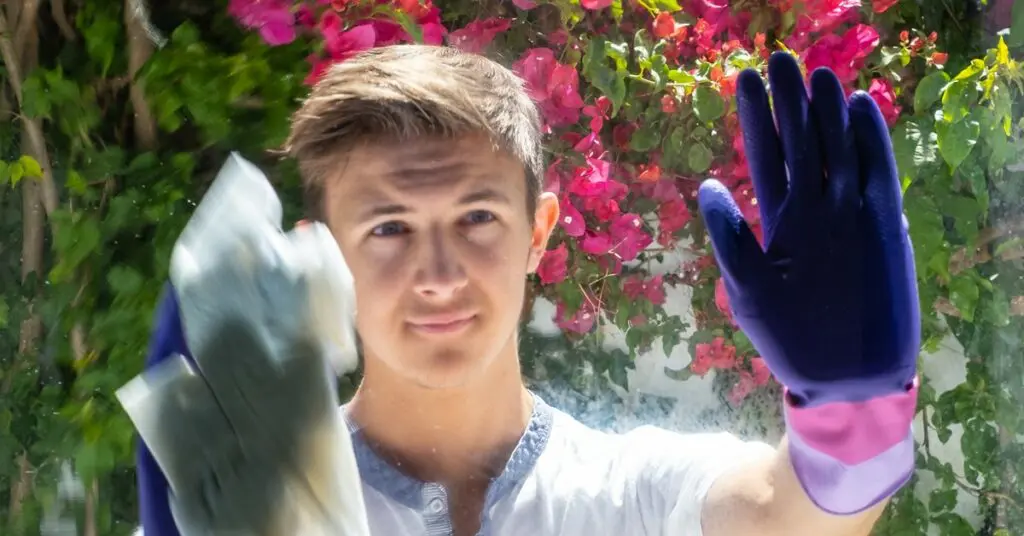So, What Do You Do & What Do You Not Do?
Pressure washing, also known as power washing, uses high-pressure water to blast away surface dirt, grime, and debris. It’s one of the easiest and most cost-effective ways to keep your home and business exterior looking clean. But do you know the secrets and the dos and don’ts?
While most people understand the benefits of pressure washing, many aren’t aware of the dos and don’ts regarding this cleaning method.
Before you clean with high-pressure water, take a minute and learn a few pressure-washing secrets. You’ll save time and reduce the risk of causing damage.
Do Use Detergent
While you can rely solely on water and pressure for some pressure-washing projects, for others, you’ll need to use detergent.
The detergent helps reduce cleaning time, particularly for darker stains. It can also help keep surfaces cleaner for longer. Pre-washing with detergent helps break down oily stains, rust, ground-in dirt, mold and mildew, and algae before you apply pressure.
The secret to pressure washing with detergent is to choose one formulated for pressure washers. You’ll also need to ensure you use a detergent made for the specific surface you want to clean.
Do Choose the Right Nozzle
Residential pressure washers typically come with 3-5 nozzle tips. Each tip works best for a specific type of project.
For example, the 0-degree nozzle tip shoots a direct stream of water onto the cleaning surface at the highest pressure possible.
Tips range in power from 0 to 40 degrees. The 40-degree nozzle tip creates the most gentle spray with the least amount of pressure on your cleaning surface.
You don’t want to use a 0-degree nozzle tip on a delicate surface like a car exterior or a glass window.
Don’t Use Too Much Pressure
Even if you select the right nozzle tip for your cleaning project, you’ll still need to ensure that you don’t overdo it with the pressure setting.
Not understanding pressure washing settings increases your risk of causing damage. Too much pressure can strip paint or stain from a wood deck. It can also crack stones and dent or loosen siding.
Most pressure washers for residential use operate between 1,000 and 2,900 PSI. Professional equipment sprays water at between 3,000 – 6900 PSI. Even the lowest pressure setting can cause damage if you don’t apply the correct pressure washing techniques.
Don’t DIY
You might think that if you choose the right nozzle tips and pay attention to the amount of pressure you use, you can complete your cleaning projects without damaging your outdoor surfaces.
While operating a pressure washer on your own isn’t impossible, it’s not always advisable. Even if you read the pressure washing guide included with your equipment, without a lot of practical experience using the machine, you still risk causing damage to your home and yourself.
Professionals not only spend a long time perfecting their skills, but they also use industrial-style equipment. These two things together ensure the job is done right!
A Brilliant Solution and Pressure Washing Secrets
While the pressure washing tips in this article are helpful, more tips can fit in a few short paragraphs. Also, most people appreciate pressure washing explained in person by a professional.
The experts at A Brilliant Solution don’t mind sharing their pressure-washing secrets. Contact us today if you’re curious or ready to schedule a cleaning project.




